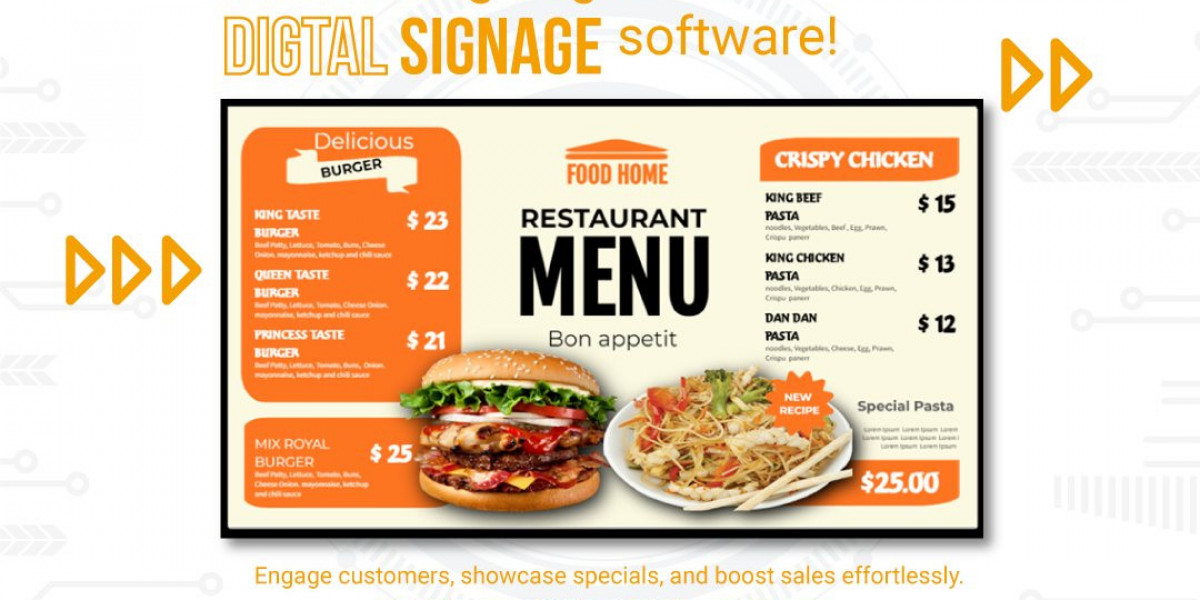In the competitive world of restaurants, every detail matters when it comes to attracting and retaining customers. From the ambiance to the service, every aspect plays a crucial role in the overall dining experience. One often overlooked yet powerful tool in a restaurant's arsenal is the menu board. Beyond just listing dishes and prices, a well-crafted menu board can leverage psychology to influence customer behavior and boost sales. Here's how you can harness the principles of psychology to maximize the impact of your restaurant menu board:
Visual Hierarchy: The way information is presented on your menu board can significantly influence what customers choose. Utilize visual hierarchy by making high-profit items more prominent through larger fonts, bold colors, or strategic placement. Human eyes naturally gravitate towards items that stand out, so ensure that your most profitable dishes are the focal point of your menu board.
Decoy Effect: Introduce a decoy item to make other dishes seem more appealing in comparison. For example, if you have a high-profit pasta dish, consider adding a slightly pricier pasta option with extra toppings. This makes the high-profit dish appear more reasonable in price, increasing the likelihood of customers choosing it.
Anchoring: Use anchoring by placing expensive items at the top of the menu board. Even if customers don't ultimately choose these items, they serve as reference points for perceived value, making other items seem more affordable in comparison. This can lead customers to spend more than they initially intended.
Limited Choice: Too many options can overwhelm customers and lead to decision paralysis. Keep your menu board concise by offering a limited selection of dishes in each category. This not only simplifies the decision-making process but also directs attention towards your most profitable items.
Emotional Triggers: Incorporate emotional triggers into your menu descriptions to evoke desire and anticipation. Use descriptive language that appeals to the senses, such as "succulent," "indulgent," or "mouth-watering." Additionally, tell a story behind certain dishes to create a connection with customers and make the dining experience more memorable.
Social Proof: Highlight popular or best-selling items on your menu board to leverage the principle of social proof. Customers are more likely to choose dishes that they perceive others enjoy. Consider using symbols or icons to indicate these items, such as a "chef's recommendation" badge or a "customer favorite" label.
Scarcity Tactics: Create a sense of urgency by incorporating scarcity tactics into your menu board. Use phrases like "limited time offer" or "while supplies last" to encourage customers to act quickly. Additionally, consider featuring seasonal or specialty items that are only available for a limited time, driving curiosity and increasing demand.
Price Formatting: Experiment with different price formatting techniques to influence perception. For example, removing dollar signs or using "charm prices" (e.g., pricing items at $9.99 instead of $10) can make prices seem more appealing and decrease perceived cost.
By applying these psychological principles to your restaurant menu board, you can strategically influence customer behavior and ultimately drive sales. Remember to regularly evaluate and refine your menu board based on customer feedback and sales data to ensure continued effectiveness. With careful attention to detail and an understanding of human psychology, your menu board can become a powerful tool for maximizing revenue and enhancing the dining experience for your customers.







